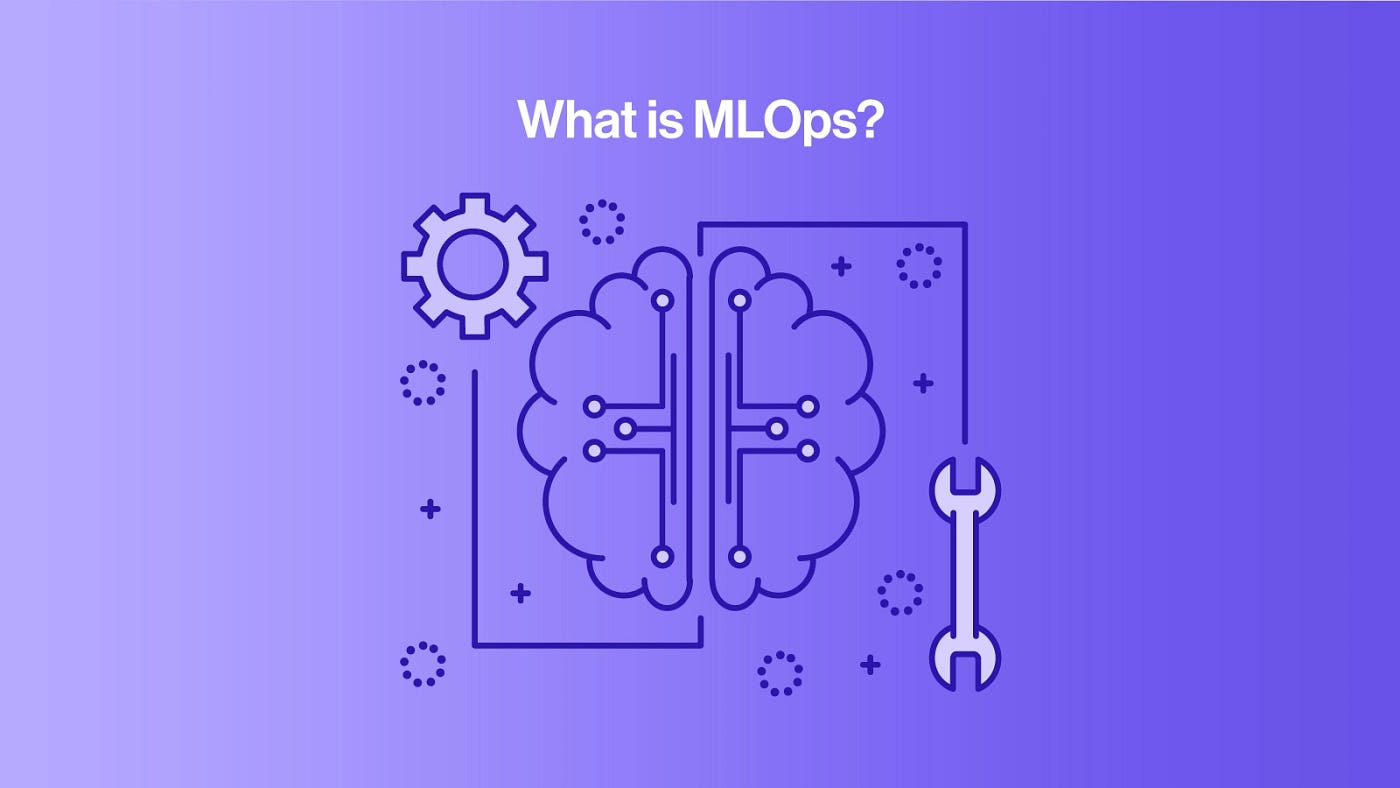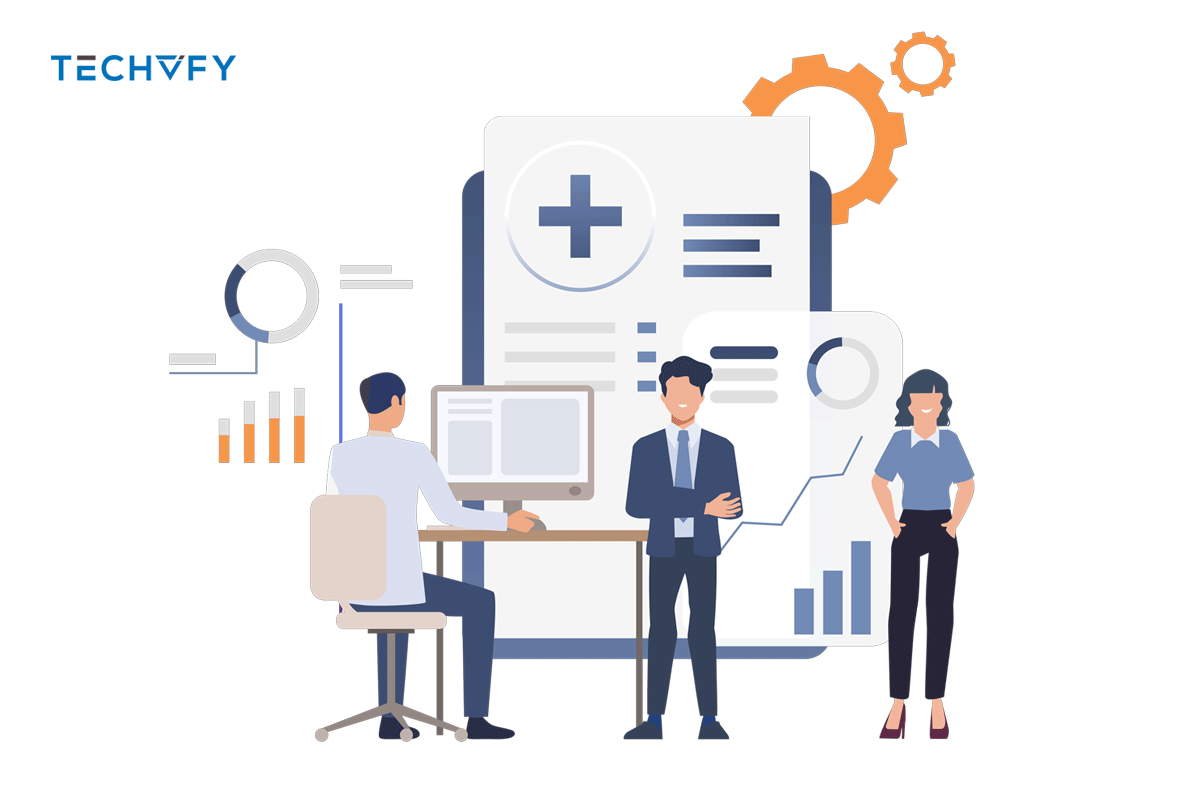What is MLOps and how does it work?
Machine learning (ML) is an exciting field where many companies successfully apply this technology to solve various problems. However, a significant challenge arises as most data scientists face project delays, with 80% or more of their ML initiatives stalling before deploying a model. The main reason behind this issue is the need for more structure and standardized processes throughout the machine learning lifecycle. Fortunately, there is a solution to this problem: MLOps. So what is MLOps? Let’s crack the code and find out why are mops important and why are mops important and why we need maps.
I. What is MLOps?
MLOps, also known as Machine Learning Operations, involves various methods to foster collaboration and effective communication between data scientists and operations professionals. By implementing these practices, the quality of machine learning and deep learning models can be enhanced, the management process can be streamlined, and the deployment of such models in large-scale production environments can be automated. This facilitates the alignment of models with both business requirements and regulatory standards.

The MLOps cycle encompasses the complete management of the machine learning lifecycle. It contains various stages: data gathering, model creation (involving software development lifecycle and continuous integration/continuous delivery), orchestration, deployment, health monitoring, diagnostics, governance, and business metrics.
The primary phases of MLOps include:
- Data gathering
- Data analysis
- Data transformation and preparation
- Model training and development
- Model validation
- Model serving
- Model monitoring
- Model retraining.
Learn more:
II. How MLOps works.
1. Data Gathering
Every great machine learning endeavor begins with data; MLOps is no exception. The data-gathering stage lays the groundwork, involving meticulous collection, organization, and data wrangling from diverse sources. This step is crucial for nurturing high-quality models that can withstand the challenges of real-world scenarios.
2. Preparing Data for Model
Once the data is in hand, it’s time to wield the wand of data preprocessing and preparation. This transformative process involves cleansing the data, addressing missing values, scaling and normalizing features, and splitting it into training and validation sets. This alchemy ensures that our models receive clean, reliable inputs that unlock their true potential.
3. Model Training
Enter the realm of model training and development, where raw data morphs into intelligent patterns. Equipped with powerful algorithms and cutting-edge techniques, we embark on an odyssey to train and refine our models. Iterative optimization takes center stage as we fine-tune model parameters, leveraging the training data to unlock their predictive prowess.
4. Validating Models
Every model can call itself truly accomplished by undergoing rigorous validation. In this phase, our models face the ultimate test as we unleash unseen data to gauge their ability to generalize and meet our lofty standards. Through meticulous evaluation, we separate the exceptional from the merely adequate, ensuring only the finest models proceed to the grand deployment stage.
5. Model Deployment
The moment has arrived to unveil our models to the world! The model deployment marks the transition from the hallowed halls of experimentation to the bustling production environment. Armed with servers, cloud platforms, and seamless integration, our models take center stage, making predictions and classifications that drive real-world impact.
6. Monitoring
A vigilant guardian is necessary to ensure the continued success of our deployed models. Enter the world of model monitoring, where we keep a watchful eye on their performance and behavior. We track their predictions, scrutinize data drift, and swiftly identify any deviations or anomalies that may arise. This constant vigilance guarantees our models’ longevity and reliability in changing circumstances.
7. Adaptability and Growth
As the world evolves, so must our models. MLOps emphasizes the importance of maintenance and updates to keep our models at the forefront of innovation. This entails periodic retraining with new data, incorporating user feedback, and embracing iterative improvements to maximize their potential.
8. Governance and Compliance
We navigate the complex landscape of regulations, privacy concerns, and data security to ensure our operations meet legal requirements and uphold the highest ethical standards. By doing so, we cultivate trust and transparency in our machine-learning endeavors.
9. Collaboration
Finally, let’s remember the power of collaboration and communication. MLOps thrives on effective synergy between data scientists, software developers, and operations teams. Establishing seamless integration, version control, and knowledge sharing across teams lays the foundation for innovation and unlocks the full potential of MLOps.
Please feel free to contact us for a free consultation: Machine Learning Development Services
III. Benefits of MLOps for Businesses in 2025

MLOps offers a range of advantages, including increased efficiency, scalability, and risk mitigation. Let’s explore these benefits in more detail:
- Enhanced Efficiency
MLOps empowers data teams to expedite the development of models, resulting in faster delivery without compromising quality. It facilitates accelerated deployment and production processes, ensuring valuable machine learning models promptly and efficiently reach their intended users.
- Unmatched Scalability
The scalability aspect of MLOps is truly remarkable. It simultaneously facilitates the oversight, control, management, and monitoring of thousands of models. This capability is crucial for achieving continuous integration, delivery, and deployment, enabling seamless and efficient handling of large-scale model operations. MLOps also supports the reproducibility of ML pipelines, fostering tighter collaboration among data teams and minimizing conflicts with DevOps and IT departments. As a result, release velocity is greatly accelerated.
- Effective Risk Reduction
In machine learning, regulatory scrutiny and drift checks are common requirements. MLOps is crucial in reducing risk by providing greater transparency and facilitating faster responses to such requests. By ensuring compliance with organizational or industry policies, MLOps helps mitigate potential risks associated with machine learning models. This adherence to regulations and procedures is essential for maintaining trust and meeting stakeholders’ expectations.
In summary, MLOps drives efficiency by expediting model development and deployment, enables seamless scalability for managing numerous models, and significantly reduces risk through improved transparency and compliance. By harnessing the power of MLOps, organizations can achieve optimal performance, maintain regulatory compliance, and realize the full potential of their machine learning initiatives.
Conclusion
In summary, MLOps drives efficiency by expediting model development and deployment, enables seamless scalability for managing numerous models, and significantly reduces risk through improved transparency and compliance. By harnessing the power of MLOps, organizations can achieve optimal performance, maintain regulatory compliance, and realize the full potential of their machine learning initiatives.





